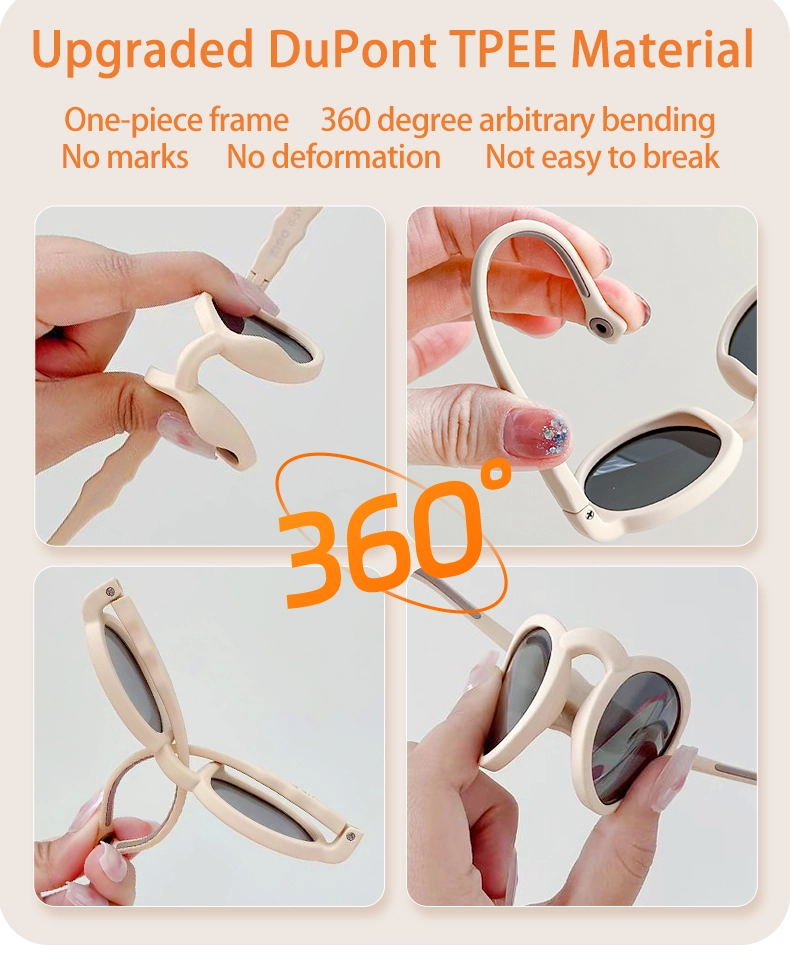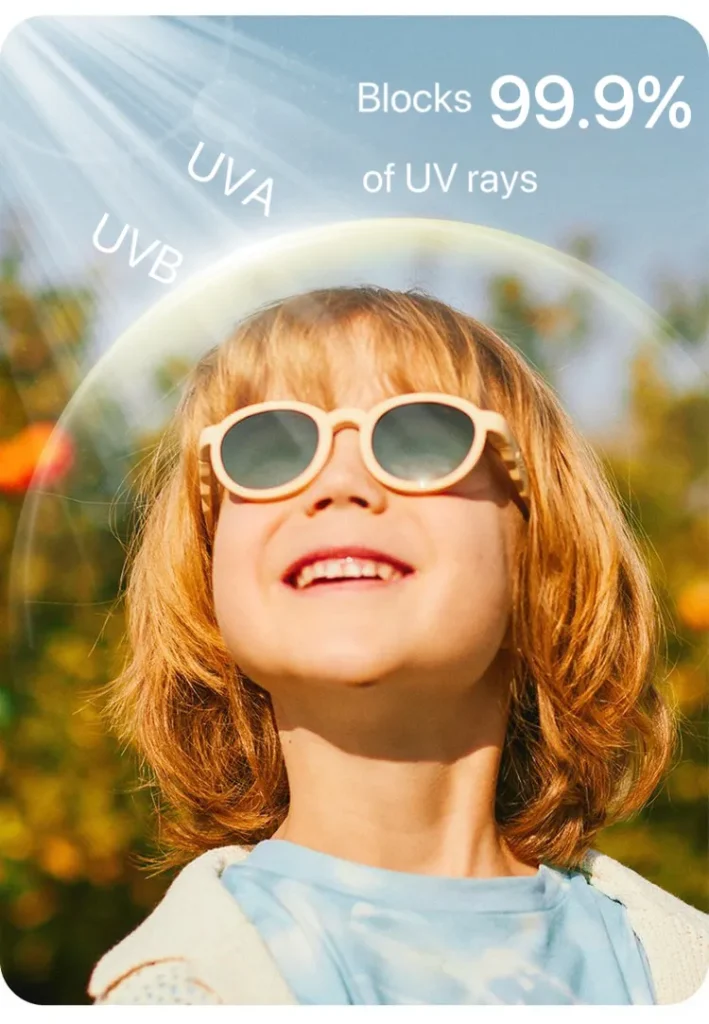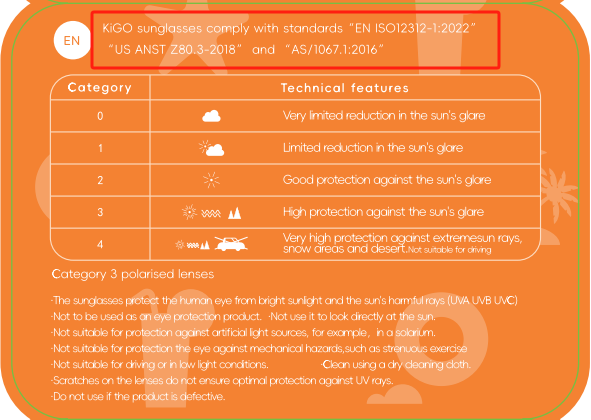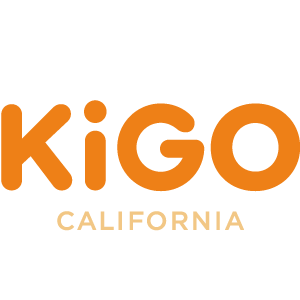- KIGO
- /index/\\think\\app/invokefunction
- %25252Findex%25252F%25255C%25255Cthink%25255C%25255Capp%25252Finvokefunction
- %252Findex%252F%255C%255Cthink%255C%255Capp%252Finvokefunction
- %2Findex%2F%5C%5Cthink%5C%5Capp%2Finvokefunction
- {search_term_string}
- %2525252Findex%2525252F%2525255C%2525255Cthink%2525255C%2525255Capp%2525252Finvokefunction
There are countless kids’ sunglasses on the market that claim to “protect from the sun” — but are they really safe?
A proper pair of kids sunglasses isn’t just a fashion accessory; it’s a critical tool for protecting children’s eyes. But what makes a pair of sunglasses truly safe and effective for children?
In this article, we’ll break down the key international standards, certifications, and safety features that every pair of good kids sunglasses should meet. Whether you’re shopping for toddlers, school-aged children, or active tweens, this guide will help you make an informed decision.
The investigation by consumer champion found that a third of children’s sunglasses purchased from online marketplaces, including Amazon, eBay, AliExpress and Temu, were unsafe to wear.
Why Safety Standards Matter More for Children
A child’s eye is still developing. Their crystalline lens is more transparent than an adult’s, which allows more ultraviolet (UV) rays to reach the retina. Since children also spend more time outdoors, they’re at greater risk of long-term UV damage.
This makes a pair of kids UV sunglasses with certified UV protection more than just a seasonal accessory—it’s a long-term investment in eye health.
So if you’re buying sunglasses for your children, what should you be looking for to ensure they protect their eyes and meet safety standards?



How to buy safe sunglasses for your child?
Which safety marks should you be looking for on sunglasses?
✅ 1. CE Mark
Any sunglasses sold should have a CE mark. A CE mark shows they meet all the legal health and safety requirements to be sold in the European Union. This mark will be on the inside arms of the glasses.
✅ 2. UV400 Protection – Blocks 100% UVA and UVB
Looking for glasses with UV400 protection, which blocks out almost 100% of UV rays, and choosing category 3 lenses.
Always check for UV400 labeling, which guarantees 100% UVA and UVB protection. This is the minimum requirement for safe sun exposure. Look for terms like “100% UV protection” or “UV400” printed on the inside of the temple or listed in the product specs.
✅ 3. Polarized Lenses – Reduces Glare for Visual Comfort
Kids polarized sunglasses help filter intense reflected light from surfaces like water, sand, and pavement. This reduces eye strain, enhances clarity, and makes them perfect for kids who spend time outdoors or near water.
To check if lenses are polarized: look at a digital screen through the lenses—if the image changes or darkens, they’re polarized.
✅ 4. Non-Toxic, Durable Materials – Safe for Chewing and Rough Play
For toddlers and babies, sunglasses must be made from safe, chewable materials like TPEE or TR90, and should be BPA-free and free from harmful phthalates.
The lenses should be shatter-resistant (polycarbonate or TAC preferred) to protect against impact if dropped or bent.
✅ 5. Optical-Grade Lenses – Certified for Visual Clarity
Lenses should meet international optical safety standards to prevent distortion or visual fatigue:
Europe: CE + EN ISO 12312-1
USA: ANSI Z80.3
Australia/NZ: AS/NZS 1067
These standards ensure the sunglasses provide clear, undistorted vision.
✅ 6. Comfortable & Kid-Friendly Fit – Flexible, Lightweight, and Fun
Children have flatter noses and smaller heads, so a comfortable fit is key. Lightweight, flexible frames with rounded edges and anti-slip nose pads help ensure all-day wearability.
Many kids fashion sunglasses brands now offer playful styles—like animal ears, pastel colors, or cartoon prints—that make wearing them fun.


Common Questions Parents Ask
Q1: Can I buy safe kids’ sunglasses online? How do I avoid fakes?
Yes, but be cautious. Always purchase from reputable brands or certified platforms. Look for official product certifications, like CE or ANSI marks, and check if the product lists material details and UV test reports.
Q2: Should my child have a different pair for outdoor sports?
Absolutely. For active children, choose sports-style sunglasses with polarized lenses and impact-resistant frames. Kids polarized sunglasses designed for sports protect against intense light and accidental drops during play.
Final Thoughts: Safety First, Style Second
A quality pair of kids sunglasses is more than just cute—it should meet strict safety, UV protection, optical clarity, and comfort standards. By understanding these certifications and features, parents can make smart choices and protect their children’s vision with confidence.
How to Encourage Kids to Wear Sunglasses
You finally find the perfect pair of kids sunglasses—adorable, comfortable, and protective. You put them on your child, and within seconds… off they go! 😅
🎃 Top 10 Halloween Gift Ideas for Kids (2025 Edition)
Make This Halloween Fun, Safe, and Full of Surprises Halloween isn’t just about candy anymore — it’s about creating magical memories and giving kids something
Why Does Kid Rock Wear Sunglasses?
Kid Rock is rarely seen without his sunglasses. Whether he’s rocking out on stage or walking a red carpet, shades are his trademark. But why
